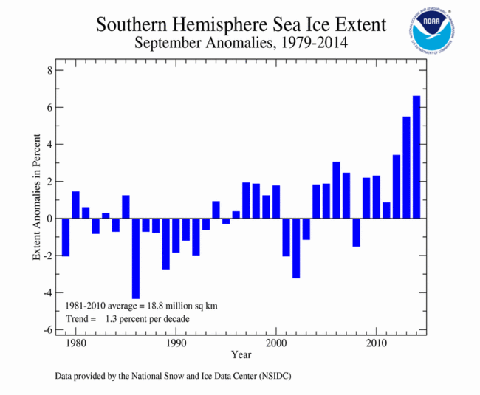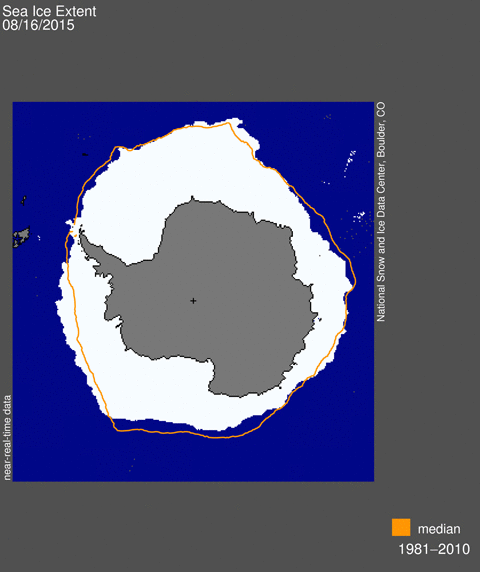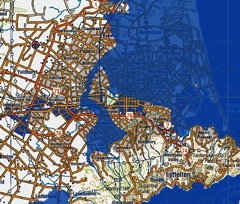 Allow me to pose a question. Which fearless investigative reporter, magazine publisher and author could be bothered to attend a school showing of Thin Ice, the excellent climate documentary put together Simon Lamb and scientists from VUW and Oxford? And did he stand up at the end and make a fool of himself? Well, by his own admission he stood up and asked questions. Whether he made a fool of himself is another matter, but there’s some handy evidence we can look at…
Allow me to pose a question. Which fearless investigative reporter, magazine publisher and author could be bothered to attend a school showing of Thin Ice, the excellent climate documentary put together Simon Lamb and scientists from VUW and Oxford? And did he stand up at the end and make a fool of himself? Well, by his own admission he stood up and asked questions. Whether he made a fool of himself is another matter, but there’s some handy evidence we can look at…
Any New Zealand reader with a passing interest in climate issues will know that I’m talking about Ian Wishart, a writer with an extensive track record of misunderstanding climate science and a tendency to shout about it from the rooftops. Last week he published a “review” of Thin Ice at his Investigate Daily web site. It was also picked up at µWatts. In this “review” he provides all the evidence we need to decide on his expertise.
Continue reading “Postcards from La La Land: Wishart falls through Thin Ice”


 A quick heads up that the Royal Society of New Zealand’s panel discussion series on the theme of The Age Of Resilience starts tonight at the Auckland Museum at 6pm. French and NZ experts will consider the “economic conundrum” of transitioning to a low-carbon economy and at the same time deliver a “high and sustainable level of human well-being”. On the panel are Pierre Ducret (see the NZ Herald
A quick heads up that the Royal Society of New Zealand’s panel discussion series on the theme of The Age Of Resilience starts tonight at the Auckland Museum at 6pm. French and NZ experts will consider the “economic conundrum” of transitioning to a low-carbon economy and at the same time deliver a “high and sustainable level of human well-being”. On the panel are Pierre Ducret (see the NZ Herald 




You must be logged in to post a comment.